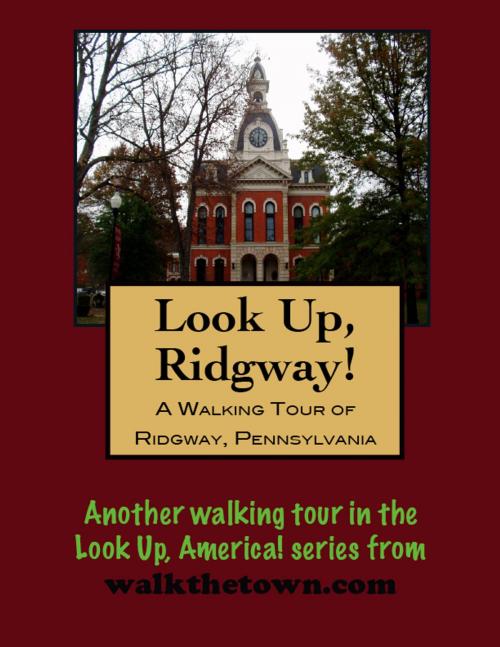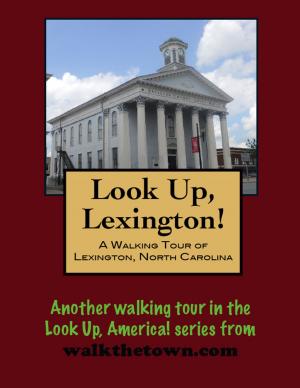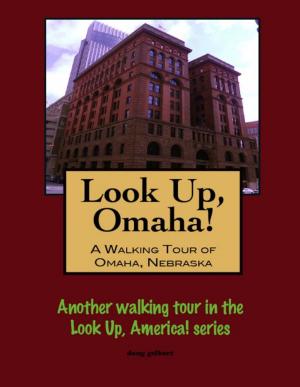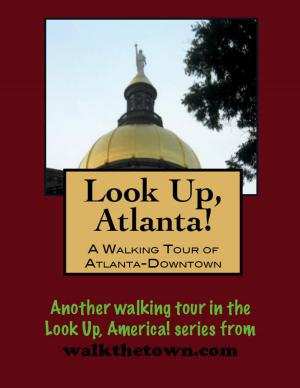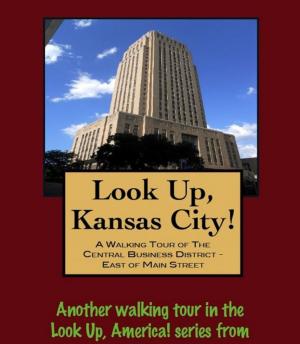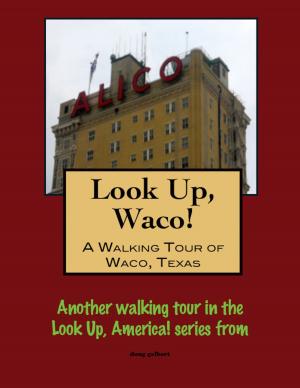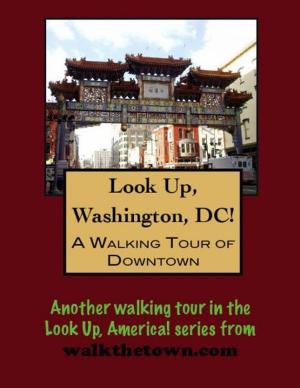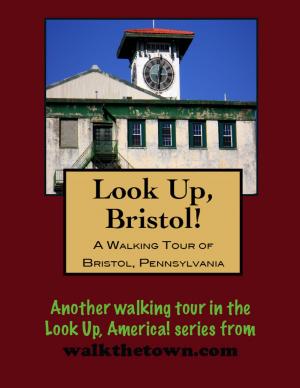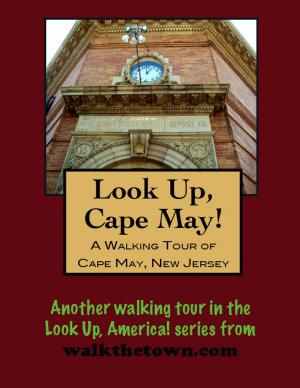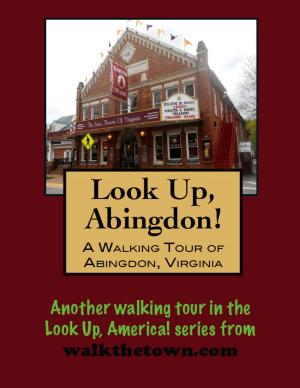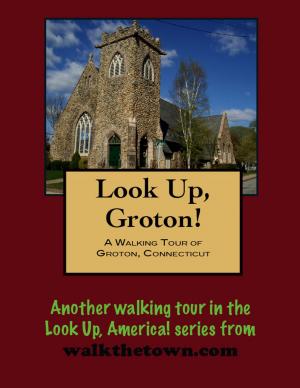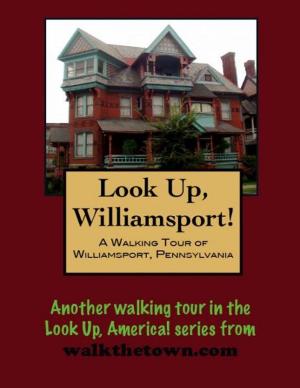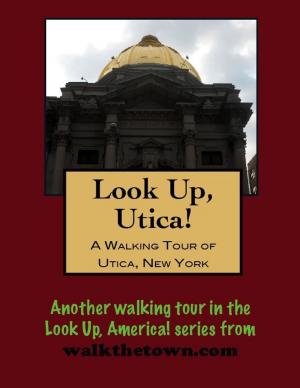| Author: | Doug Gelbert | ISBN: | 9781458076328 |
| Publisher: | Doug Gelbert | Publication: | February 10, 2011 |
| Imprint: | Smashwords Edition | Language: | English |
| Author: | Doug Gelbert |
| ISBN: | 9781458076328 |
| Publisher: | Doug Gelbert |
| Publication: | February 10, 2011 |
| Imprint: | Smashwords Edition |
| Language: | English |
There is no better way to see America than on foot. And there is no better way to appreciate what you are looking at than with a walking tour. Whether you are preparing for a road trip or just out to look at your own town in a new way, a downloadable walking tour is ready to explore when you are.
Each walking tour describes historical and architectural landmarks and provides pictures to help out when those pesky street addresses are missing. Every tour also includes a quick primer on identifying architectural styles seen on American streets.
The Ridgway name in question belonged to Jacob Ridgway, a Philadelphia shipping merchant. Ridgway never visited the town - in fact, he didn’t spend much time in Philadelphia. He spent large chunks of his time in the early 19th century abroad in London, sending back heaping quantities of money to be invested in real estate. The records are a bit murky, but it is generally accepted that Ridgway owned in excess of 100,000 acres of Western Pennsylvania woods. Into that wilderness in 1821 rode James L. Gillis, nephew of Jacob Ridgway by marriage, was appointed the land agent for Mr. Ridgway’s holdings. Gillis, his wife and their three children arrived by packhorse and ox-team.
Ridgway was plotted as an unincorporated village in 1833 in Jefferson County and a decade later when Elk County formed it became the county seat. Ridgway quickly became an important local political hub and regional manufacturing center, home to large tanneries and, most importantly, lumber fortunes.
The most important of Ridgway’s lumber businesses was the Hyde-Murphy Company, an internationally recognized producer of architectural millwork and art glass. Joseph Hyde was an early town pioneer and lumberman and Walter Murphy was a carpenter, contractor and mill owner before joining forces with Hyde in 1884. The company was responsible for to countless projects in the north-central Pennsylvania region, including the vast majority of substantial buildings erected in the Ridgway historic district. Its long list of clients include the Pentagon, embassies in Washington, D. C., and the Tripoli Hospital in Honolulu, among many other prestigious buildings. The Hyde-Murphy operation occupied a fifteen-building campus just north of the historic district along Race Street. The company ceased operation in 1961 and In 1974 the remaining buildings of the large complex were demolished to make way for the Ridgway Community Park.
Enough trees were felled and floated down the Clarion River that by the end of the 1800s it was said that there were more millionaires per capita living in Ridgway than any other place in America. Their legacy in the “Lily of the Valley” was designated a National Historic Register by the National Park Service in 2002. Our walking tour will start in front of the seat of justice for Elk County and see the handiwork of some of Pennsylvania’s biggest lumber barons...
There is no better way to see America than on foot. And there is no better way to appreciate what you are looking at than with a walking tour. Whether you are preparing for a road trip or just out to look at your own town in a new way, a downloadable walking tour is ready to explore when you are.
Each walking tour describes historical and architectural landmarks and provides pictures to help out when those pesky street addresses are missing. Every tour also includes a quick primer on identifying architectural styles seen on American streets.
The Ridgway name in question belonged to Jacob Ridgway, a Philadelphia shipping merchant. Ridgway never visited the town - in fact, he didn’t spend much time in Philadelphia. He spent large chunks of his time in the early 19th century abroad in London, sending back heaping quantities of money to be invested in real estate. The records are a bit murky, but it is generally accepted that Ridgway owned in excess of 100,000 acres of Western Pennsylvania woods. Into that wilderness in 1821 rode James L. Gillis, nephew of Jacob Ridgway by marriage, was appointed the land agent for Mr. Ridgway’s holdings. Gillis, his wife and their three children arrived by packhorse and ox-team.
Ridgway was plotted as an unincorporated village in 1833 in Jefferson County and a decade later when Elk County formed it became the county seat. Ridgway quickly became an important local political hub and regional manufacturing center, home to large tanneries and, most importantly, lumber fortunes.
The most important of Ridgway’s lumber businesses was the Hyde-Murphy Company, an internationally recognized producer of architectural millwork and art glass. Joseph Hyde was an early town pioneer and lumberman and Walter Murphy was a carpenter, contractor and mill owner before joining forces with Hyde in 1884. The company was responsible for to countless projects in the north-central Pennsylvania region, including the vast majority of substantial buildings erected in the Ridgway historic district. Its long list of clients include the Pentagon, embassies in Washington, D. C., and the Tripoli Hospital in Honolulu, among many other prestigious buildings. The Hyde-Murphy operation occupied a fifteen-building campus just north of the historic district along Race Street. The company ceased operation in 1961 and In 1974 the remaining buildings of the large complex were demolished to make way for the Ridgway Community Park.
Enough trees were felled and floated down the Clarion River that by the end of the 1800s it was said that there were more millionaires per capita living in Ridgway than any other place in America. Their legacy in the “Lily of the Valley” was designated a National Historic Register by the National Park Service in 2002. Our walking tour will start in front of the seat of justice for Elk County and see the handiwork of some of Pennsylvania’s biggest lumber barons...
